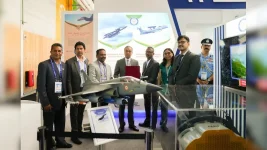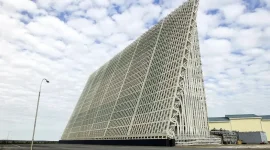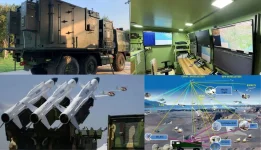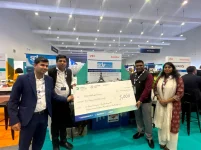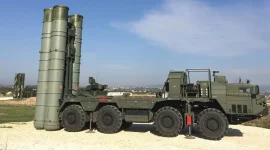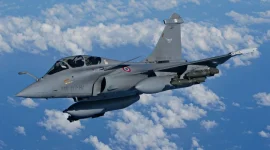- Views: 2K
- Replies: 9
India's ambitious plan to develop a homegrown, carrier-based fighter jet, the Twin Engine Deck Based Fighter (TEDBF), is currently facing significant delays, pushing its development timeline into uncertainty.
Envisioned as a cornerstone of the nation's Atmanirbhar Bharat policy in defence, the state-of-the-art aircraft was intended for the Indian Navy.
However, defence analysts argue that this stalled program represents a major missed opportunity for the Indian Air Force (IAF), which could have adapted the fighter to meet its own critical needs at a fraction of the cost of foreign alternatives.
The Original Vision and Current Hurdles
Announced by the Aeronautical Development Agency (ADA) in 2020, the TEDBF program was launched to design and build a replacement for the Indian Navy's aging fleet of Russian MiG-29K aircraft.The fighter was projected to be a "4.5-plus generation" platform, powered by two American GE F414 engines and incorporating advanced features such as partial stealth, advanced avionics, and the capability to carry a substantial weapons payload of over six tonnes.
Despite an ambitious target for a first flight by 2026, the project has struggled to move forward. As of late 2025, the TEDBF has not yet passed its Preliminary Design Review (PDR), an essential early step before critical design and funding stages can proceed.
The crucial approval from the Cabinet Committee on Security (CCS), which would sanction funds for prototype development, remains pending, leaving the program in a state of limbo.
This has led to revised and more realistic induction timelines, with experts now projecting that the fighter will not be operational before 2033-2035, even if it receives immediate approval.
A Lost Opportunity for the Air Force?
While the TEDBF stalls, the Indian Air Force is grappling with its own pressing challenge: a dwindling number of fighter squadrons and a long-delayed procurement process known as the Multi-Role Fighter Aircraft (MRFA) tender.The MRFA aims to acquire 114 modern jets to bolster the IAF's fleet, which is currently below its sanctioned strength of 42 squadrons required to effectively manage a potential two-front conflict.
With the tender making little progress, the focus has shifted towards a costly off-the-shelf purchase of more Rafale fighters from France.
This is where the TEDBF could have provided an ideal indigenous solution. Experts have long advocated for developing a land-based variant of the naval fighter, which would be perfectly suited for the IAF's requirements.
Such a move would create a combined order of over 150 aircraft for both the Navy and Air Force, drastically reducing the per-unit cost through economies of scale and strengthening the domestic defence manufacturing ecosystem.
The Indigenous Advantage: Cost and Capability
A land-based TEDBF variant would offer significant advantages over imported jets like the Rafale.Powered by two engines, it would possess a superior thrust-to-weight ratio, providing excellent agility and the ability to carry a heavier payload of up to eight tonnes, including a wide array of homegrown weapons like the Rudram anti-radiation missiles.
The most compelling argument is financial. A domestically produced TEDBF is estimated to cost under $100 million per unit, less than half the projected $200 million price tag for each imported Rafale.
This would result in massive savings of foreign exchange and provide a major boost to Hindustan Aeronautics Limited (HAL) and its associated supply chain.
The recent finalisation of the deal to manufacture GE F414 engines in India further strengthens the case for a locally-built fighter.
While the Ministry of Defence has previously shown interest in an IAF variant of the TEDBF, the Air Force has remained silent, seemingly prioritising ready-to-fly imported aircraft amid ongoing border tensions.
For now, a powerful, low-risk, and cost-effective domestic alternative to the IAF's fighter dilemma remains, for the moment, confined to the drawing board.

